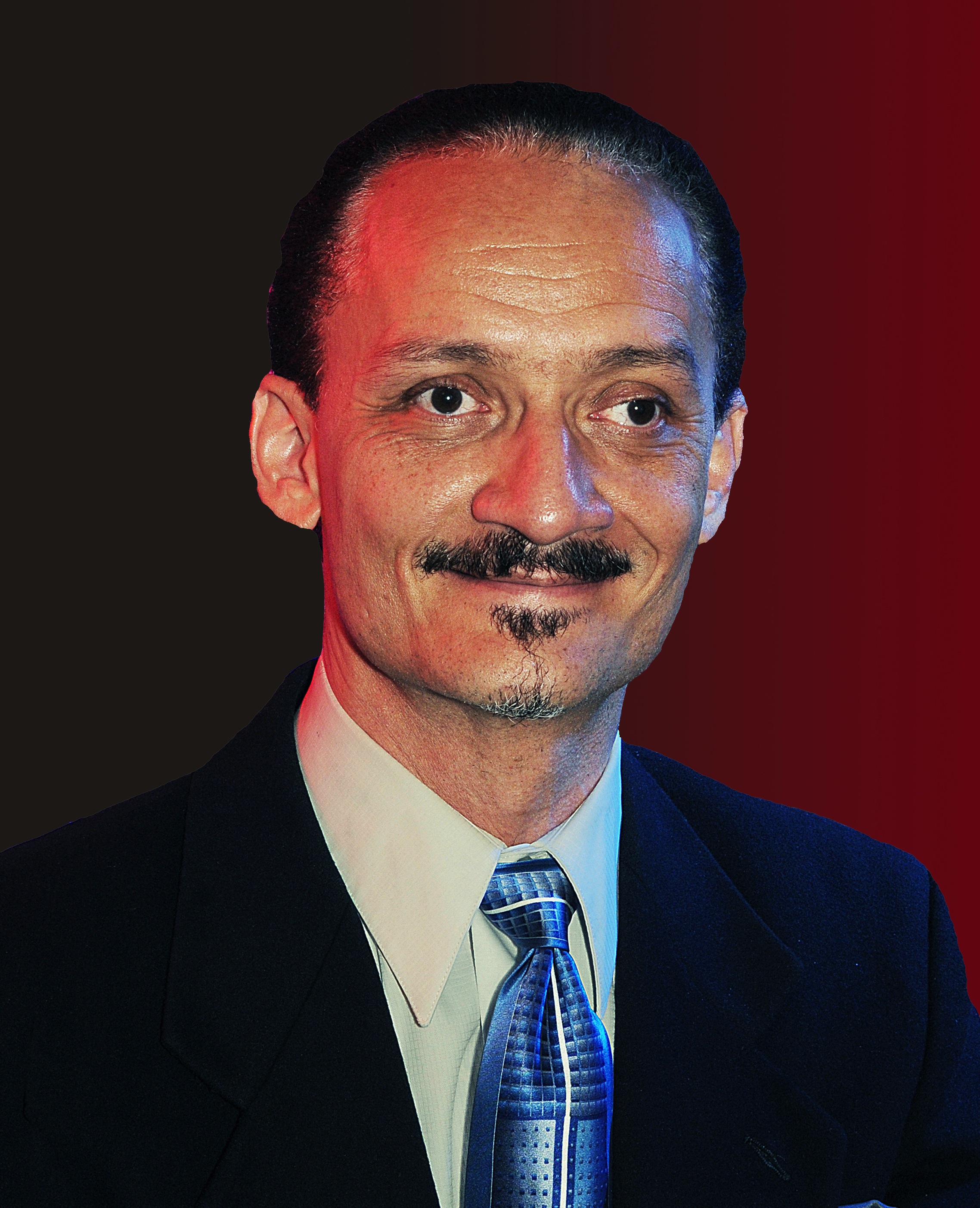
Abstract
The development of high speed communications, interconnects and signal processing are critical for an information based economy. Lightwave technologies offer the promise of high bandwidth connectivity from component development that is manufacturable, cost effective, and electrically efficient. The concept of optical frequency/wavelength division multiplexing has revolutionized methods of optical communications, however the development of optical systems using 100’s of wavelengths present challenges for network planners. The development of compact, efficient optical sources capable of generating a multiplicity of optical frequencies/wavelength channels from a single device could potentially simplify the operation and management of high capacity optical interconnects and links. Over the years, we have been developing mode-locked semiconductor lasers to emit ultrashort optical pulses at high pulse repetition frequencies for a wide variety of applications, but geared toward optical communications using time division multiplexed optical links. The periodic nature of optical pulse generation from mode-locked semiconductor diode lasers also make these devices ideal candidates for the generation of high quality optical frequency combs, or multiple wavelengths, in addition to the temporally stable, high peak intensity optical pulses that one is accustomed to. The optical frequency combs enables a variety of optical communication and signal processing applications that can exploit the large bandwidth and speed that femtosecond pulse generation implies, however the aggregate speed and bandwidth can be achieved by spectrally channelizing the bandwidth, and utilize lower speed electronics for control of the individual spectral components of the mode-locked laser. This presentation will highlight our recent results in the generation of stabilized frequency combs, and in developing approaches for filtering, modulating and detecting individual comb components. We then show how these technologies can be applied in signal processing applications such as arbitrary waveform generation, arbitrary waveform measurement, laser radar and matched filtering for pattern recognition.
Biography
Peter J. Delfyett joined the faculty at the College of Optics & Photonics and the Center for Research and Education in Optics and Lasers (CREOL) at the University of Central Florida in 1993, and currently holds the positions of University of Central Florida Trustee Chair Professor of Optics, ECE & Physics. Prior to Dr. Delfyett's current position, he worked at Bell Communication Research as a Member of the Technical Staff, where he concentrated his efforts towards generating ultrafast high power optical pulses from semiconductor diode lasers, for applications in applied photonic networks. Some of his technical accomplishments were the development of the world's fastest, most powerful modelocked semiconductor laser diode, the demonstration of an optically distributed clocking network for high speed digital switches and supercomputer applications, and the first observation of the optical nonlinearity induced by the cooling of highly excited electron-hole pairs in semiconductor optical amplifiers. Dr. Delfyett has received numerous awards including the University of Central Florida's 2001 Pegasus Professor Award, which is the highest honor awarded by the University. Most recently, he was awarded the APS Edward Bouchet Award for his significant scientific contributions in the area of ultrafast optical device physics and semiconductor diode based ultrafast lasers, and for his exemplary and continuing efforts in the career development of underrepresented minorities in science and engineering. Dr. Delfyett has published over 650 articles in refereed journals and conference proceedings, and he has been awarded 34 United States Patents.